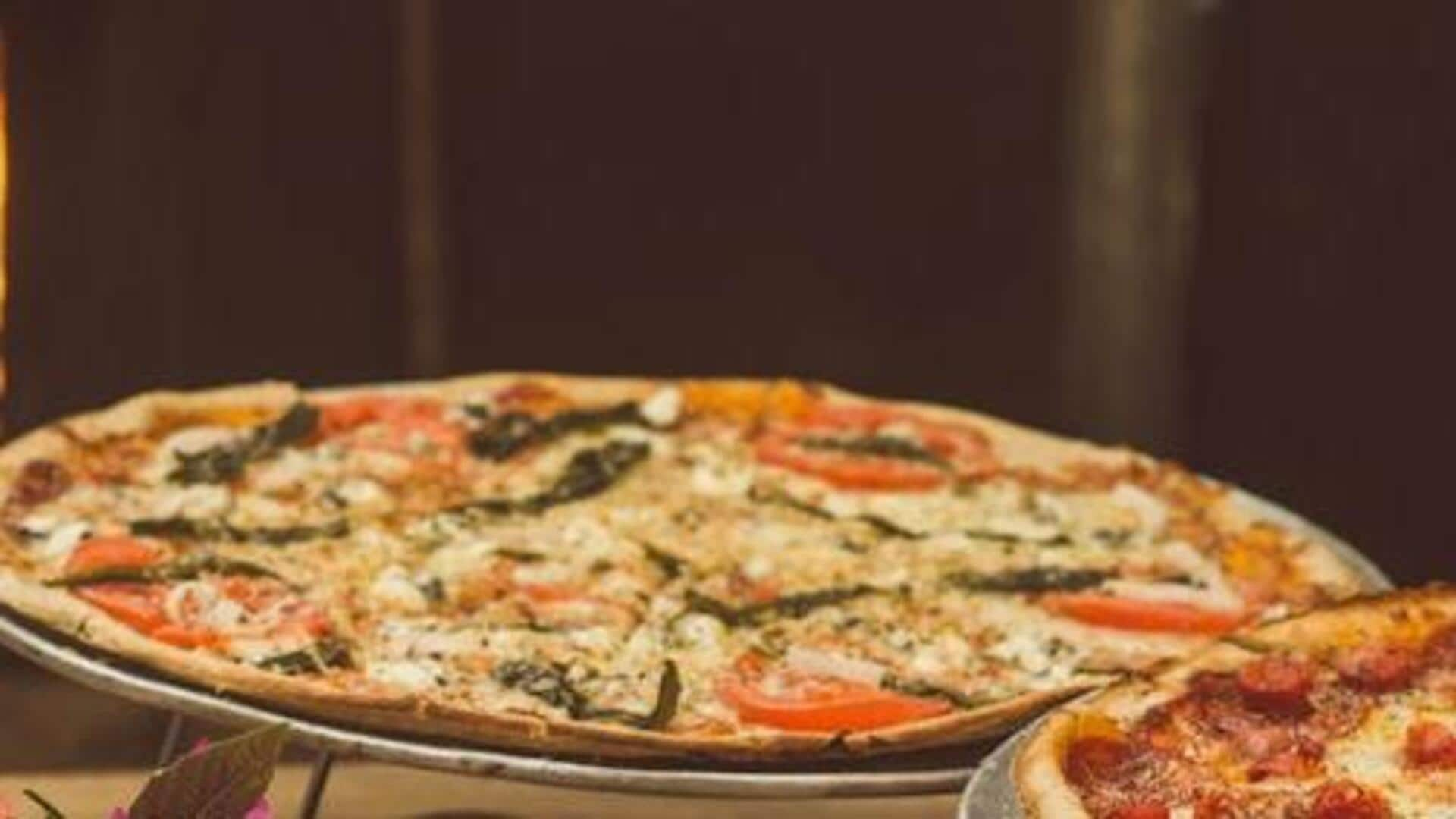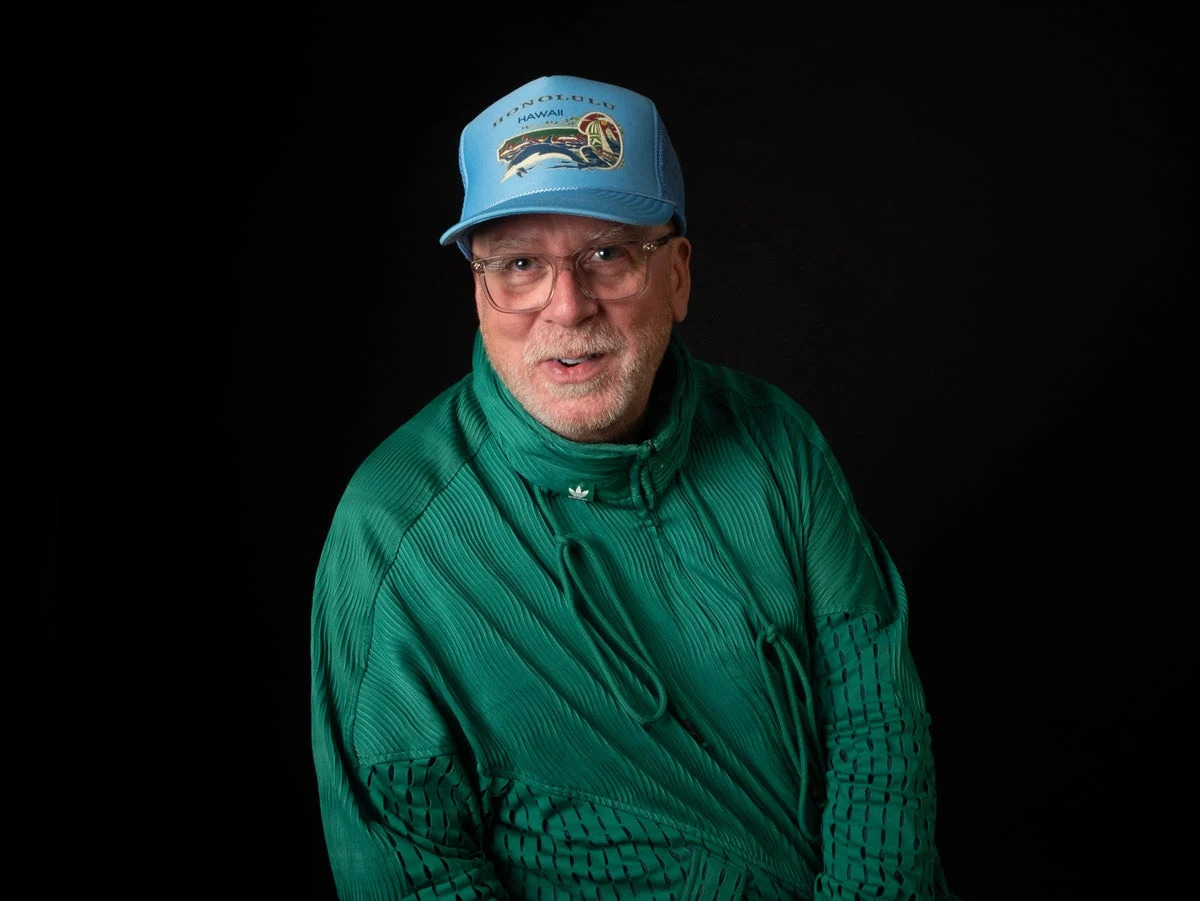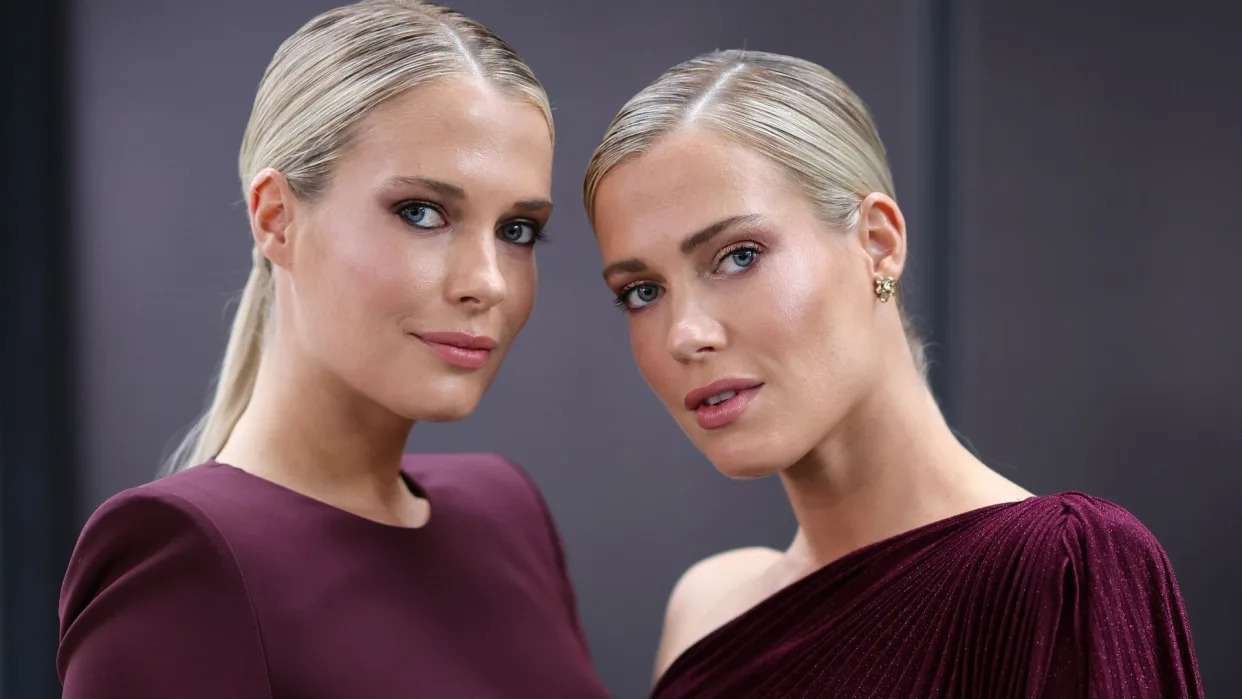In 2017, a first seed was planted. Min Jin Lee, a Korean-American author, had just released her second novel that had been over 20 years in the making, titled Pachinko . Following a Korean family that has immigrated to Japan in the 1920s, the book is a heart-wrenching narrative for the aching plight of Zainichi , a word used to refer to long-term Korean residents of Japan.
In the five years after, a movement had begun to take root—the seemingly small narrative of one Korean girl, Sunja, was being transformed into a beautiful historical epic. Adapted by creator Soo Hugh from its namesake novel, the 2022 release of Apple TV+’s Pachinko Season 1 drew widespread acclaim , proving to be a wildflower that would bloom into something much bigger than itself. Two years on, Pachinko Season 2 has decidedly returned to the small screen.

And so has its starry cast . From Kim Minha and Lee Minho who portray the younger Sunja and Hansu respectively, to Academy Award winner Youn Yuh-jung who plays the older Sunja and on-screen grandmother of Jin Ha’s character, Solomon. Only the stories have grown more complex, as the threads of Sunja’s past slowly begin to untangle and reveal itself through her older and younger portrayals.
“I had to figure out what Sunja’s defining belief is. To me, it was the amount of love she has inside of herself, so I tried not to lose that within me,” ruminates Kim, who kicks off the first episode of Season 2 with already two children of her own, Noa and Mozasu, who both play pivotal roles in Sunja’s overarching narrative, from past to present. With the first two episodes of Pachinko Season 2 now on Apple TV+ , showrunner Soo Hugh and cast members Lee Minho, Kim Minha and Jin Ha speak to Vogue Singapore about how they prepared to show the deeper complexities of their characters, the most memorable scenes to film and how they knew they were doing something special with the historical epic.
Sunja’s story continues to be told through two different timelines. Why do you think it’s so important for Pachinko to be structured this way? Soo Hugh : The book is linear and it’s a beautiful , intimate coming-of-age of a girl. But when I was thinking about how to adapt it to a television format.
..I felt that if we told Sunja’s story linearly, the show would feel smaller than it actually is.
And we might miss out on the opportunities to reveal the bigger themes that you only feel at the end of the book. At the start too, we didn’t know that we were going to get four seasons. And since I could only work on one season, cross-cutting Solomon and Sunja’s past and present right from the very beginning was how I felt we could explore all these big themes of generational weight , burden and sacrifice at the same time.
How would you say your character, Hansu, has changed this season and how did you prepare for that? Minho: To me, the Hansu in Pachinko Season 2 is a person who’s more evolved , but his desire is also more intense. A person who’s the epitome of human greed—and just keeps wanting more and more. So I tried to portray him as an unstoppable person, like a bullet train going full speed ahead.
Some of his actions may seem so unethical and really makes you think about why he makes those decisions. But rather than trying to categorise him as good or evil, I wanted to channel my character’s desperation; he’s trying to survive, and trying to protect the people he loves and needs in his life, which are Sunja and Noa. So I wanted to portray him as someone who does things based on what he believes is necessary, efficient and reasonable.
Hansu is characterised as less of a villain in the show, as compared to the book. What do you think of Minho’s portrayal of Hansu in Pachinko Season 2? Soo Hugh: I think Minho brought so much to the character. The script is just a foundation for the actors, but they’re building an entire world off that.
And so much of who Hansu is in our show, is a result of Minho’s work in building his character. I’m so excited for people to see this season because Minho brings such an interesting vulnerability to Hansu in Season 2 that we didn’t get to see in Season 1. And I think it further complicates the question of whether this man is a force of good or a force of bad.
What were some of the challenges you faced in portraying your characters? Minha: In order to build the layers of the character itself, I had to figure out what Sunja’s defining belief is and what makes her stand so steadfastly. To me, it was the amount of love she has inside of herself. So I tried not to lose that within me.
While preparing for Pachinko Season 2, it was very important to me to think about the time jump between the two seasons. So I had to ruminate about those few years for my character. How time has passed, how her environment has changed, how her kids are growing and how everyone has changed.
So I had to make my own stories, my own history, and think about what would have happened to her in those few years and how she was raising two kids. I used my own emotions and my own life stories to think about all of this. Jin Ha: I think one of the hardest scenes for me to shoot, at least emotionally , was in the first episode.
It’s a brief scene that I have with Sunja in the pachinko parlour after the grocery store scene. It was so difficult, because there’s so few sentences being exchanged between the two of them. But there’s a lifetime of things that are trying to be communicated there.
It was a wonderful challenge to find that sweet spot where it wasn’t overly dramatic, not overly stated, but done with enough gravitas because it’s meant to show how Solomon is trying to break free from something that he’s associating or blaming Sunja for. It was terrifying but an exciting challenge for me. After playing her character for two seasons, what do you believe is Sunja’s biggest weakness? Minha: It’s Hansu.
All her emotions towards Hansu and the secrets that they’re keeping with each other. It’s something that she simply cannot control. So everytime she confronts Hansu, she gets very fragile and so afraid.
When she confronts him after 14 years, she just stops. She can’t breathe; she just wants to escape. Much unlike all the other things that never seem to faze her because she can carry on and find a solution out of it.
At its core, Pachinko is a story that bleeds into the future with the weight of one’s past mistakes, and there are some clear parallels you draw between characters. Do you see Noa and Solomon as foils of each other? Soo Hugh: Yes, and we’ve heard a few lines in the show through both seasons where Sunja and Mozasu fight about it. In Season 1, she says, “Do you think I’ll ever let that mistake happen again? Don’t worry, I’m not going to let Solomon turn into Noa.
” Solomon is so much of Sunja’s attempt to get things right, to atone for her mistakes in the past, and I think that’s why there’s such a huge burden on Solomon. He feels that weight. The opening credits are such a fun and playful break.
Could you share more about it? Soo Hugh: I love credit sequences. I grew up watching TV that always had credit sequences . They’re one of my favourite parts of an episode.
So I knew that I would want credit sequences in the television that I make. And sometimes our show is so heavy that the credit sequence is our little gift to the audience—a reminder that life does have its moments of joy. Minha: Of course, it was one of the most memorable days on set.
We just danced without thinking and turned on all our favourite songs. It’s always so fun to get together with the cast from the 1980s era too. It was just full of laughter, and everyone just enjoyed it.
Was there a particularly memorable scene that you hold close to your heart from this season? Minha: There are so many scenes that I feel are beautiful, but right now, I’m recalling the scene where I pack the baggage for Noa to leave with Yangjin and Kyunghee. I didn’t expect my emotions to come out in that way. It sort of reminded me of the scene in Season 1 where Yangjin was packing for Sunja’s departure.
It feels connected in that way. After shooting that scene, it managed to linger in my mind for quite some time. There’s a lot of warmth to it.
Jin Ha: You know what I really loved? In episode four, there’s a dinner scene where both Sunja and Naomi show up at Solomon’s apartment by accident, and there’s a beautiful dinner scene that happens. I really cherished that day and a half of shooting. Just sitting around the table, sitting on the floor with galbi-jjim and all these different Korean foods and with my character’s grandma.
You know, it felt very real. It felt like the countless times that I had been sitting on the floor eating the same meal with my family. It felt so natural.
Just playing pretend with Yuh Jung is awesome too. At what point of creating Pachinko did you realise that you were creating a show that was bigger than itself? Soo Hugh: I knew on set, I’ll be honest. But that doesn’t necessarily mean I thought it was going to turn out well, or that the world was going to understand it.
I remember on set watching and realising, “Oh, there’s something’s happening here.” There was like..
.magic. But like I said, I didn’t know that the world would receive it that way.
Jin Ha: I think I felt that the moment I was watching Season 1. Like right before that first round of press because while shooting it, I was just so terrified all the time that I couldn’t really process what was happening. I had known going into it that this was an epic story, and that the responsibility felt quite big.
Not just because of the role of Solomon, but about what this story represents or tries to represent for a community of people. But I don’t think it would have been possible to have ever expected any kind of positive feedback or reception at all, and it’s been such a joy. To be honest, doing press for Season 2 has been so heartwarming because everyone’s been so generous and nice and honest about the meaningful effects of the show so far.
And that, to me, is kind of everything. Watch Pachinko on Apple TV+ here ..



















